The content of the article
Orchids ... Beautiful flower butterflies almost all year round please the hosts. Plants are not capricious, they do not require extraordinary care. And their dissatisfaction is signaled by a change in pigmentation.
Today we understand why the leaves of orchids turn yellow. What to do? - We will also tell. In general, there are many reasons. Let's consider in detail, maybe our tips will help you.
The only thing we will not describe here is the natural yellowing of leaves in orchids. After all, aging is also inherent in plants.
Sunburn
Many people think that if orchids love light, then they need to be placed in direct sunlight. Meanwhile, plants come from tropical rainforests. Although they grow on trees, they do not dangle on the tops of the sun under the bright sun. Orchids are used to the abundance of ambient light.
Signs First, a brown spot appears on the sheet, then the plate turns yellow from this spot. It is dry, light in color. Appears most often in the center.
What to do? The most common mistake many gardeners make is the emergency removal of the entire leaf plate to the point of growth. But there are still many nutrients that would serve the orchid. Moreover, for the plant itself there is no danger in such a yellow leaf. Therefore, it can be safely left until completely dry.
If the presence of the yellow leaf on the plant aesthetically disturbs you, then you can carefully trim it, capturing about 0.5 cm of the healthy part.
How to avoid sunburn if the orchid loves a lot of light? Owners of special fitolamps do not ask such a question. They just set flower pots under this miracle of technology. There is plenty of light, direct sunlight does not encroach on the delicate leaves of the tropics.
But not every home has such units. It is necessary to contain orchids on the lightest window sill. Naturally, this is a southern and western direction. How to protect a flower from a scorching daylight? Everything is very simple. It is necessary to shade the plant. This can be done using any light curtain made of light cotton fabric. Thick tulle or thin white paper will also do the job perfectly. There will be a lot of light, but direct sunlight will not burn the leaves.
Lack of light
Another extreme, which also provokes yellowing of leaves in orchids. Fearing a sunburn or lack of space, some owners place a pot in the back of the room, on the north window, on the nightstand. But for the flower to grow normally, light is vital!
Signs The base of the leaves and the adjacent part of the stem turn yellow. There are no spots, dots or damage.
What to do? Add lighting. Move the pot closer to the window, buy additional special lamps. Just do not throw the orchid directly in the sun, it can die.
Yellow leaves do not touch. If the damage is minimal, then they will gradually restore their normal color. If strong, then they will dry out over time, and you can easily remove them.
The danger of this cause of yellowing is that the orchid does not react to the lack of lighting simultaneously. She can show her dissatisfaction both in half a year and in a year. Therefore, always carefully inspect your tropicana and evaluate its condition.
Wrong watering
On the open spaces of the network there are exact recommendations when, how and how much to water orchids. Inexperienced flower growers strictly follow the advice. As a result, the roots suffocate from a glut, and the leaves begin to turn yellow from the abundance of moisture.How remotely can you tell exactly how much fluid a plant needs? After all, the conditions of maintenance, condition and age of the orchid are not visible.
Signs First, the leaf turns yellow evenly over the entire surface. Then in the center there appears a wet spot of a dark brown hue, sometimes almost black.
What to do? Water correctly. No need to pour water from above. The substrate for the orchid consists mainly of bark. The liquid will slip down, drain through the drainage holes, and nothing will get to the roots.
The plant is watered only by immersion. In this case, the pot can not be immediately dipped into the water on the shoulders. Dry bark will float to the surface, and at best the flower will fall on its side. At worst, it will break. Proper watering orchids:
- A pot with a plant is placed in a large container.
- Pour water to a third of the height, leave for several minutes.
- The liquid is now added to a height of two-thirds, again left for a while.
- Pour water into a large tank almost to the edges of the flower pot.
- Wait a few minutes.
- The pot is removed and left on the stand to drain excess fluid.
- The total time spent in the water should be equal to minutes for its runoff.
Watering orchids in this way, you will know for sure that the substrate has been well saturated, and now there will be enough moisture for a decent time.
By the way, how often to water the plants? There can be no exact schedule. You will have to navigate by the state of the soil. Just do not evaluate the top layer, it dries quickly enough. You will need a simple wooden stick without bark and a colorful coating. For example, for sushi or skewer. You need to stick it in the pot to the bottom. Then, after 12 minutes, pull out and see. Wet? So, do not touch the orchid. Dry? Well, it's time to water.
Another method for determining drinking time is visual. It is suitable only for transparent containers. The lack of condensation and light roots indicate that it is time to water the orchid. The greenish color of the roots and droplets on the inner walls say that you can still wait with moisture. The dark root system hints that it is urgent to save the plant.
Root decay
The leaves of the orchids may turn yellow from the fact that the roots began to rot. This comes from excessive waterlogging or from cool conditions. The plant requires nutrition, and the roots no longer function. The outflow of nutrients from the leaves begins.
Signs The lower leaves turn yellow. Orchid roots become soft, dark in color. The plant is too loose in the pot.
What to do? Save the flower immediately! First you need to carefully remove it from the pot. Then brush off the entire old substrate. Damaged roots are cut with sterile scissors or a blade to a healthy tissue. Wounds are cauterized with ordinary medical brilliant green or sprinkled with crushed activated carbon. The soil must be replaced with a new one.
Yellow leaves do not touch until they dry completely. And subsequently they try not to flood the plant.
Excessive air dryness
Do not forget that orchids come from tropical rainforests. There, the air is almost wet, but at the same time very warm. And in the room on the windowsill from the radiators, the air is hot and dry.
Signs The leaf plate is uniformly yellow. The tips dry out, a dried border may appear along the edge of the leaf.
What to do? Humidify the air. Orchids are very grateful for regular spraying. Make yourself a rule: put the spray gun next to the pot or in a conspicuous place. This will allow you not to forget about such an important procedure.
If you do not have time to spray, then:
- cover the batteries with a wet towel
- place additional containers of water near the plant
- lay wet sphagnum or expanded clay on a pallet nearby
- turn on the humidifier in the room (if available)
Use every opportunity to help orchids.Otherwise, they will lose their leaves, and eventually the whole plant will dry out.
Incorrect feeding
This category includes both a deficiency and an overabundance of nutrients. In vivo orchids grow where? Right, on the trees. They cling to cracks in the cortex. A certain amount of plant debris accumulates there. Over time, all this stuff turns into greasy compost. Its a little, but it is constantly updated.
And what do inexperienced gardeners often do? Either they feed the orchid 2 times a year, or every week they pick up mineral water with handfuls. In both cases, the foliage turns yellow 100%. The plant simply does not understand where "regularly and little by little"?
Signs A sharp blanching of the leaves, then rapid yellowing and drying.
What to do? First they decide whether it happened from overfeeding or starvation. Then they act in accordance with the situation.
There are a lot of fertilizers. The plant is urgently transplanted into a new substrate. If this is not possible, then you will have to rinse the old one under running water. The pressure should not be very strong, but it will take at least 15 minutes to pour.
Fertilizers are few. Regularly feed the Tropicana with a special mineral water. On the package, it should be written "for orchids." About once every 14-16 days, the plant is treated with a dose reduced by 2 times. After 3 months, the serving size can be gradually brought back to normal.
Disease
Very often, due to improper care or poor living conditions, orchids are affected by various diseases. In this case, yellowing of the leaves happens necessarily.
Signs Leaflets curl around the edges. The orchid itself becomes a slurred gray-yellow hue. Purple or black weeping ulcerative formations appear on the burrs. The stalk rots.
What to do? At the first signs of the disease, you need to cut out all the damaged areas of the stem with a sterile blade. Note that the ailment can affect the root system. She must also be carefully examined. Affected leaves are also cut off. All wounds are treated with an alcoholic solution of brilliant green or iodine.
Then they take any fungicide (the owner of orchids always has it in stock), carefully read the instructions and use it for its intended purpose. At the same time, strictly comply with the recommendations of manufacturers.
Adult orchids are sprayed, young ones can be immersed in a fungicide solution as a whole. This will simultaneously disinfect the soil.
Pests
With pleasure they drink juices from leaflets, as a result they turn yellow and dry.
Signs Inspect the orchids. You will definitely find uninvited guests. Especially on the underside of yellowed leaves.
What to do? To leave already all these grandmother's tricks with the welding of onion husks and others like them. You still still orchids do not serve on the table. So help them with the normal methods of a civilized society. Go to the store for an insecticide. Not sure which one to choose? Consult the seller or read the packaging.
Then return home with the purchase and immediately save the orchids by spraying on the recommendation of the manufacturer. Otherwise, while you ferment your peeling or husk, insects will completely destroy the plant.
Now you know why orchid leaves turn yellow. What to do? - we told you. Now leave alone a laptop or computer, and go already to your beauties. After all, they are trying so hard to please you with charming flowers. Help them with this.
Video: how to prune orchid leaves

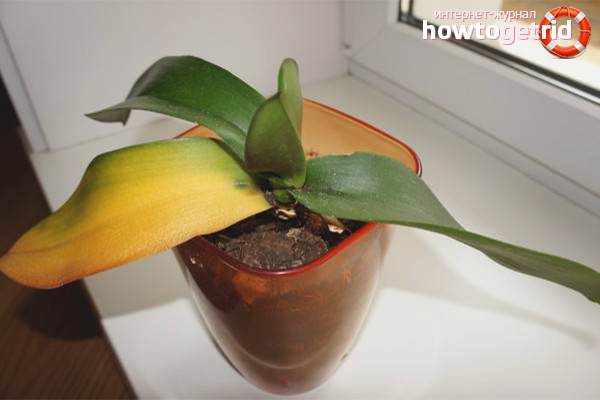
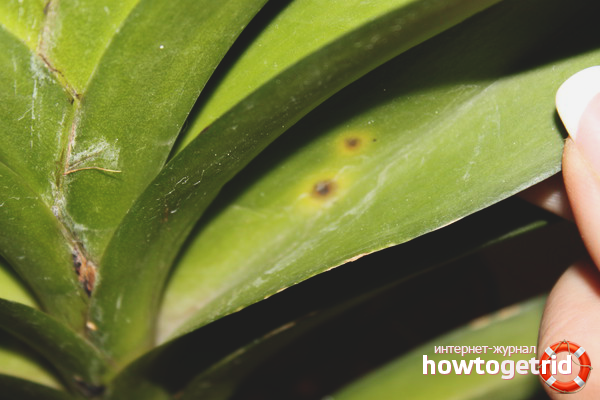
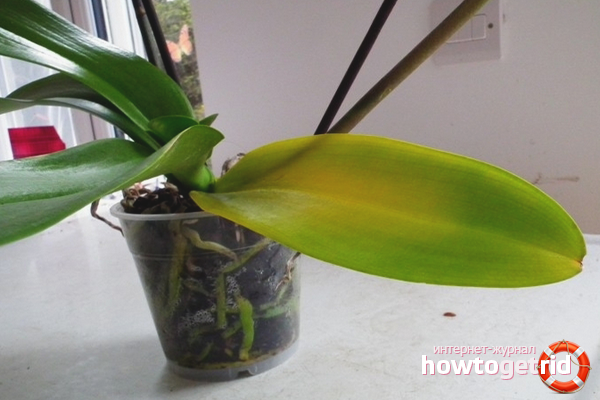
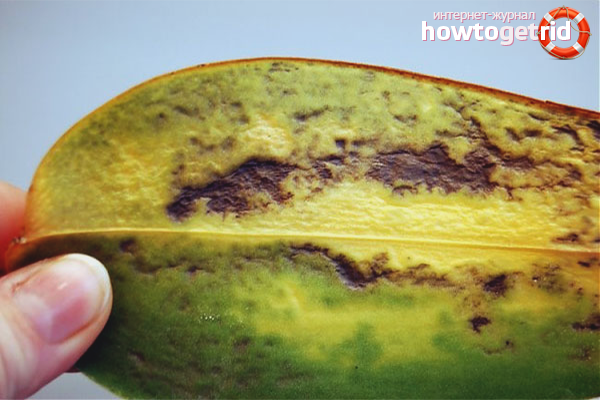
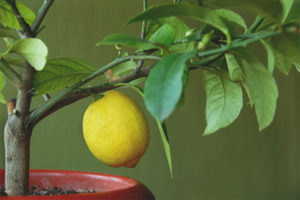
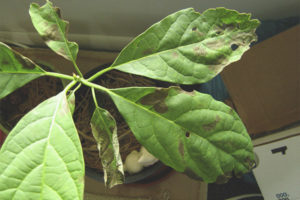
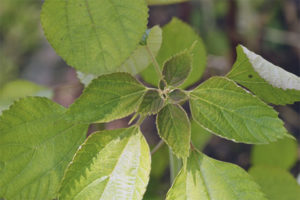

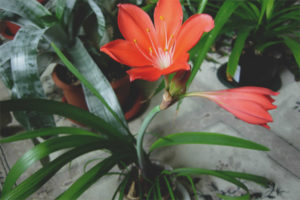

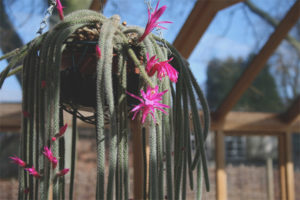
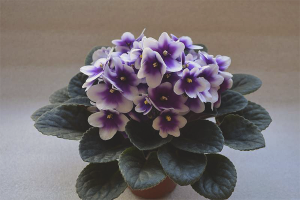
Submit